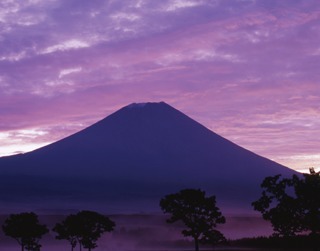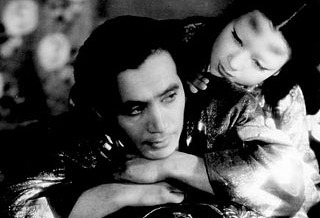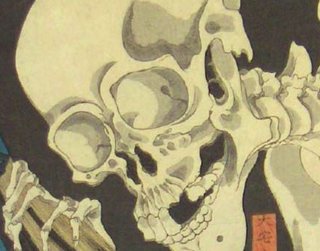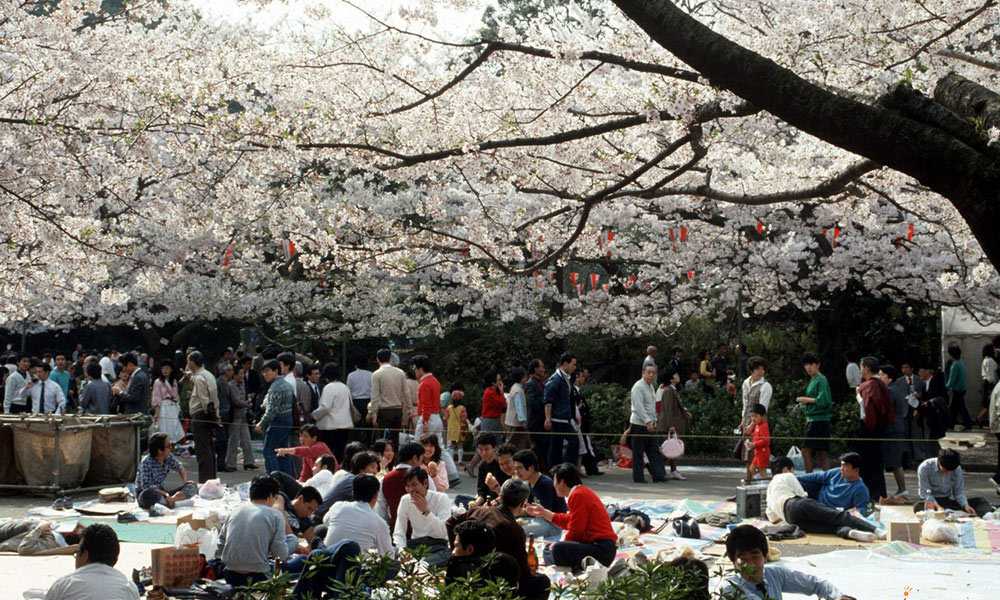The Suicide Woods of Mt. Fuji
By Zack Davisson
“The perfect place to die.” That’s how Aokigahara was described in Wataru Tsurumui’s bestselling book The Complete Manual of Suicide. A dense, dark forest bordering Mt. Fuji, Aokigahara is infamous throughout Japan as a popular spot for those taking their final journey. In 2002, 78 bodies were found within it, replacing the previous record of 73 in 1998. By May of 2006, at least 16 new suicides had already been found. More than a few of them were even carrying copies of Tsurumui’s book. No one knows how many bodies go undiscovered.
Signs emblazoned with messages such as “Please reconsider” and “Please consult the police before you decide to die!” are nailed to trees throughout the forest. However, the woods have such a reputation that these minor deterrents do little to stop the determined. Local residents say they can always tell who is going into the forest for its stunning natural beauty, who is hunting after the macabre and who is planning never to return. “We’ve got everything here that points to us being a death spot. Perhaps we should just promote ourselves as ‘Suicide City’ and encourage people to come here,” the exasperated mayor of Aokigahara has been quoted as saying.
Part of the appeal is dying at the foot of the sacred Mt. Fuji. Part of it is the foreboding nature of Aokigahara, so dense and thick that from just a few kilometers inside it no sounds can be heard other than those produced by the forest itself. Legends surround the place; for instance, there are said to be massive underground iron deposits that cause compasses to go haywire, trapping innocents along with the purposely suicidal. Japan’s Self Defence Force regularly runs training exercises throughout Aokigahara, and claims to have had no trouble with their military-grade lensatic compasses. They admit, though, that commercially available equipment would be pretty much useless.
Aokigahara is considered the most haunted location in all of Japan, a purgatory for yurei, the unsettled ghosts of Japan who have been torn unnaturally soon from their lives and who howl their suffering on the winds. Spiritualists say that the trees themselves are filled with a malevolent energy, accumulated from centuries of suicides. They don’t want you to go back out.
However, even in these haunted woods, regular humans still have a job to do. Forestry workers rotate in and out of shifts at a station building in Aokigahara, and occasionally they will come upon unfortunate bodies in various states of decomposition, usually hanging from trees or partially eaten by animals. The bodies are brought down to the station, where a spare room is kept especially for such occasions. In this room are two beds: one for the corpse and one for someone to sleep next to it. Yup, you read that correctly. It is thought that if the corpse is left alone, the lonely and unsettled yurei will scream the whole night through, and the body will move itself into the regular sleeping quarters. In inimitable style, the workers jan-ken to see who gets to sleep with the body. And you thought your job was rough.





